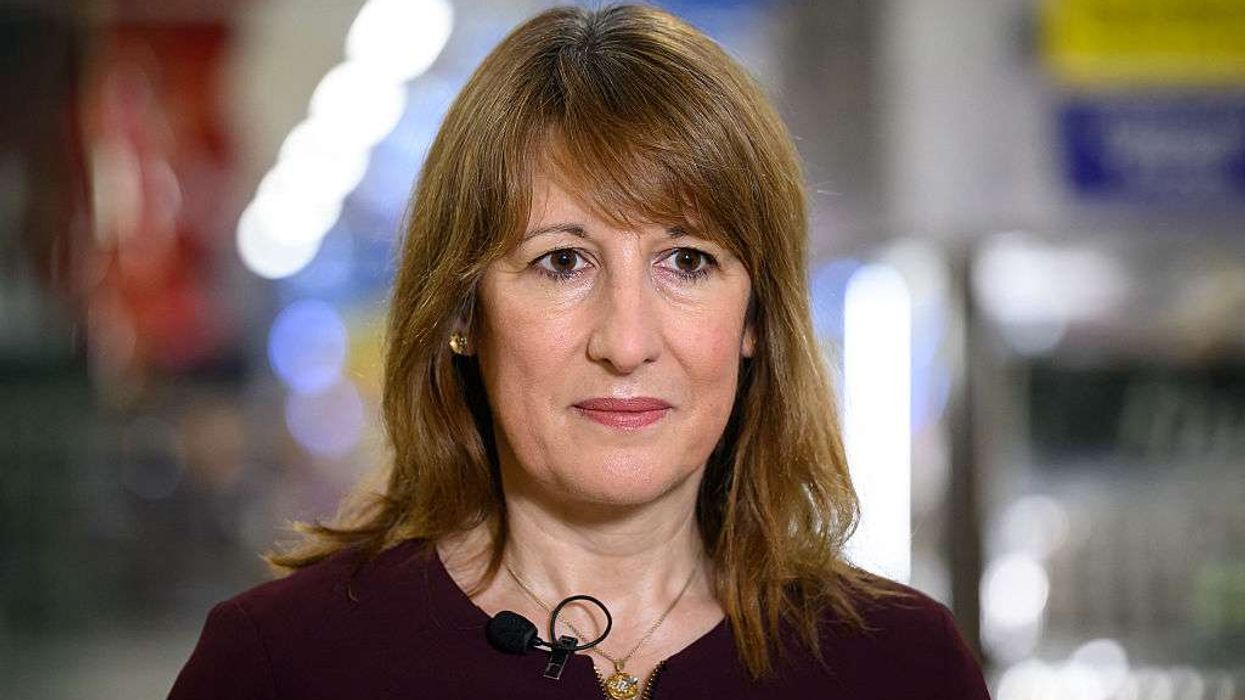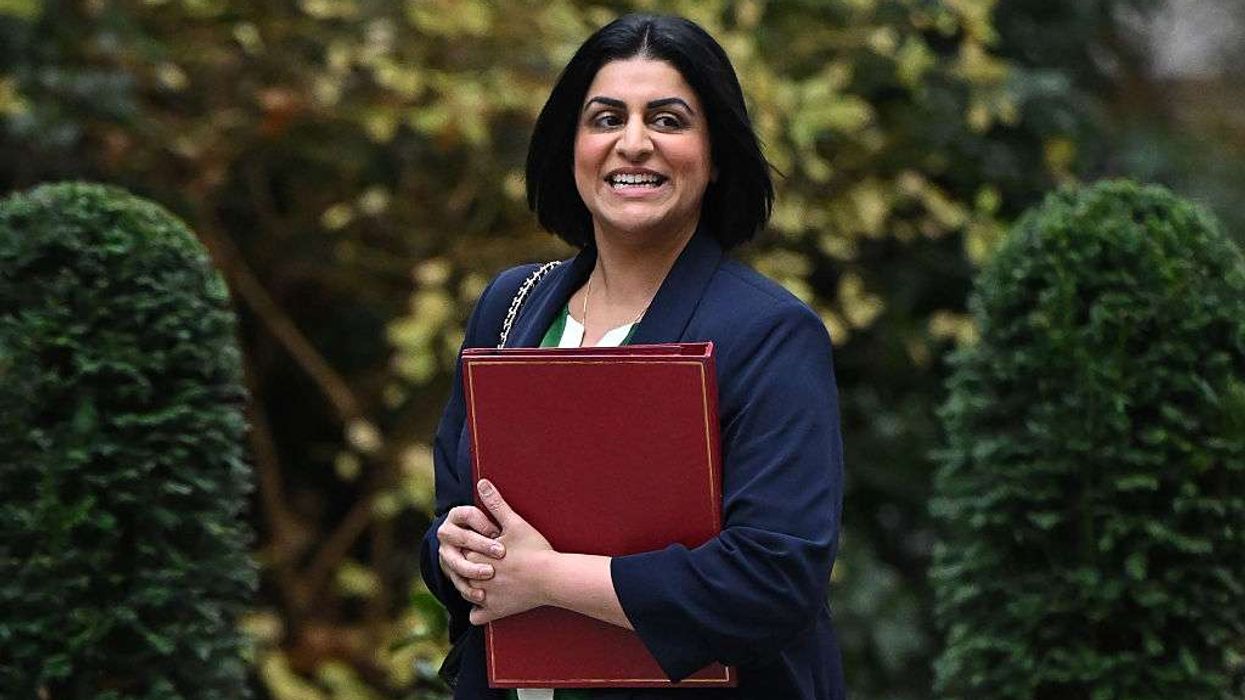THE UK economy expanded at its fastest pace in a year during the first quarter of 2025, driven by a rise in home purchases ahead of a tax deadline and higher manufacturing output before the introduction of new US import tariffs.
Gross domestic product rose by 0.7 per cent in the January-to-March period, the Office for National Statistics (ONS) said, confirming its earlier estimate. This was the strongest quarterly growth since the first quarter of 2024.
Growth for March was revised up to 0.4 per cent from a previous reading of 0.2 per cent, according to the ONS.
The increase followed growth of just 0.1 per cent in the fourth quarter of 2024. However, GDP fell by 0.3 per cent in April from March, a decline affected by one-off factors.
Outlook for Q2 and pressure on budget targets
The Bank of England expects the economy to grow by about 0.25 per cent in the second quarter of 2025.
Finance minister Rachel Reeves is hoping for stronger growth to reduce pressure to raise taxes again later this year in order to meet her budget goals.
Thomas Pugh, chief economist at RSM UK, said weak consumer spending and hiring data in recent weeks likely reflected a short-term reaction to an employer tax increase and the US tariffs, many of which have now been suspended.
"Now that uncertainty has started to recede, consumer confidence is rebounding, and business surveys point to the worst of the labour market pain being behind us," Pugh said.
A separate survey published on Monday showed employer confidence in Britain had reached a nine-year high, with businesses more optimistic about the economy.
Interest rate cuts expected; energy prices a risk
The Bank of England is expected to cut interest rates two more times in 2025, which could support household spending.
However, a renewed rise in energy prices caused by further conflict in the Middle East could add pressure to the already slow-growing economy.
According to Monday’s ONS data, household expenditure grew by 0.4 per cent in the first quarter, revised up from an initial estimate of 0.2 per cent. The increase was led by spending on housing, household goods and services, and transport.
The UK property market saw increased activity ahead of the 31 March expiry of a tax break for some homebuyers.
Savings fall, manufacturing rises
Households drew from their reserves to support spending, with the saving ratio falling for the first time in two years. However, at 10.9 per cent, it remained high.
Manufacturing output rose by 1.1 per cent in the first quarter, ahead of the US tariff increase in April, compared with the final quarter of 2024.
The ONS also reported that the UK’s current account deficit widened to 23.46 billion pounds in the January-to-March period, up from just over 21 billion pounds in the previous quarter.














